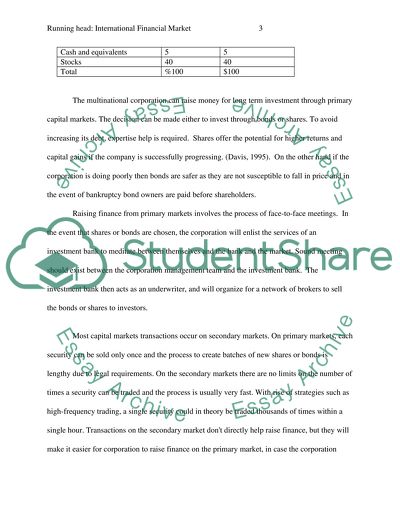Cite this document
(Moderately Conservative Risk-tolerance Investment Policy Assignment, n.d.)
Moderately Conservative Risk-tolerance Investment Policy Assignment. Retrieved from https://studentshare.org/finance-accounting/1497921-international-financial-market-individual
Moderately Conservative Risk-tolerance Investment Policy Assignment. Retrieved from https://studentshare.org/finance-accounting/1497921-international-financial-market-individual
(Moderately Conservative Risk-Tolerance Investment Policy Assignment)
Moderately Conservative Risk-Tolerance Investment Policy Assignment. https://studentshare.org/finance-accounting/1497921-international-financial-market-individual.
Moderately Conservative Risk-Tolerance Investment Policy Assignment. https://studentshare.org/finance-accounting/1497921-international-financial-market-individual.
“Moderately Conservative Risk-Tolerance Investment Policy Assignment”, n.d. https://studentshare.org/finance-accounting/1497921-international-financial-market-individual.


